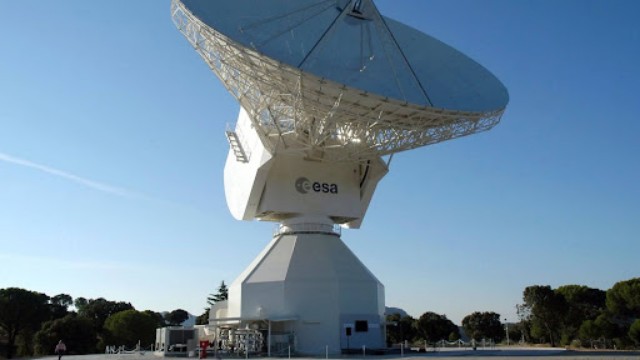
This image, taken by NASA's Cassini spacecraft on January 2, 2010, shows the planet Saturn. The photo was provided by NASA/JPL-Caltech/Space Science Institute.
Recent research suggests Saturn's iconic rings may be much older than previously thought, potentially dating back to the planet's early years, around 4.5 billion years ago. This finding challenges the long-standing belief that Saturn's rings are only 100 to 400 million years old.
For over a decade, NASA's Cassini spacecraft had been sending back valuable images and data about Saturn's rings. These observations showed no signs of darkening caused by micrometeoroid impacts—tiny space rocks that typically darken surfaces they collide with. This led scientists to believe that Saturn’s rings were relatively young, likely formed after the planet.
However, a team led by Ryuki Hyodo from the Institute of Science in Tokyo has proposed a new explanation. They believe that the rings' cleanliness could be due to the way micrometeoroids interact with them. Rather than leaving behind dirty particles, these small rocks vaporize upon impact, creating charged particles that either get absorbed into Saturn's atmosphere or expelled into space. This process, the team suggests, keeps the rings looking pristine despite their possible age.
The team used computer models to simulate how these impacts would affect the rings, leading them to conclude that the rings could be as old as the planet itself, formed in the chaotic early days of the solar system. Hyodo also proposed that the rings might be somewhere in between, around 2.25 billion years old, but still much older than the 400 million-year estimate typically accepted by scientists.
The study opens up new possibilities for understanding the history of Saturn and the solar system as a whole. If Saturn’s rings are indeed that old, they could provide a glimpse into the planet’s early history and the turbulent conditions that existed when the solar system was still in its infancy.
This groundbreaking research, published in the journal Nature Geoscience, offers a fresh perspective on an iconic feature of our solar system, inviting further exploration into the mystery of Saturn’s stunning rings.















